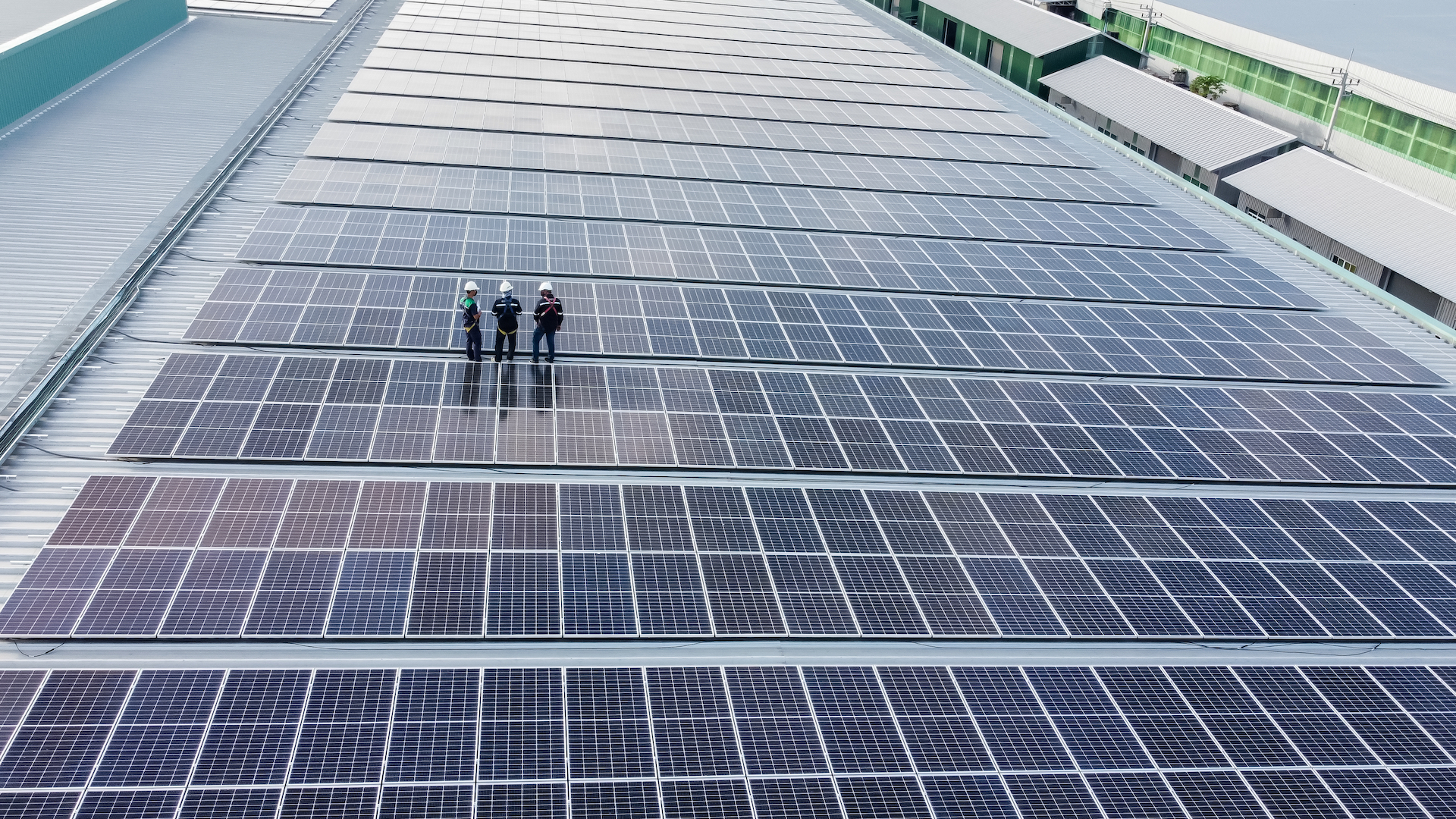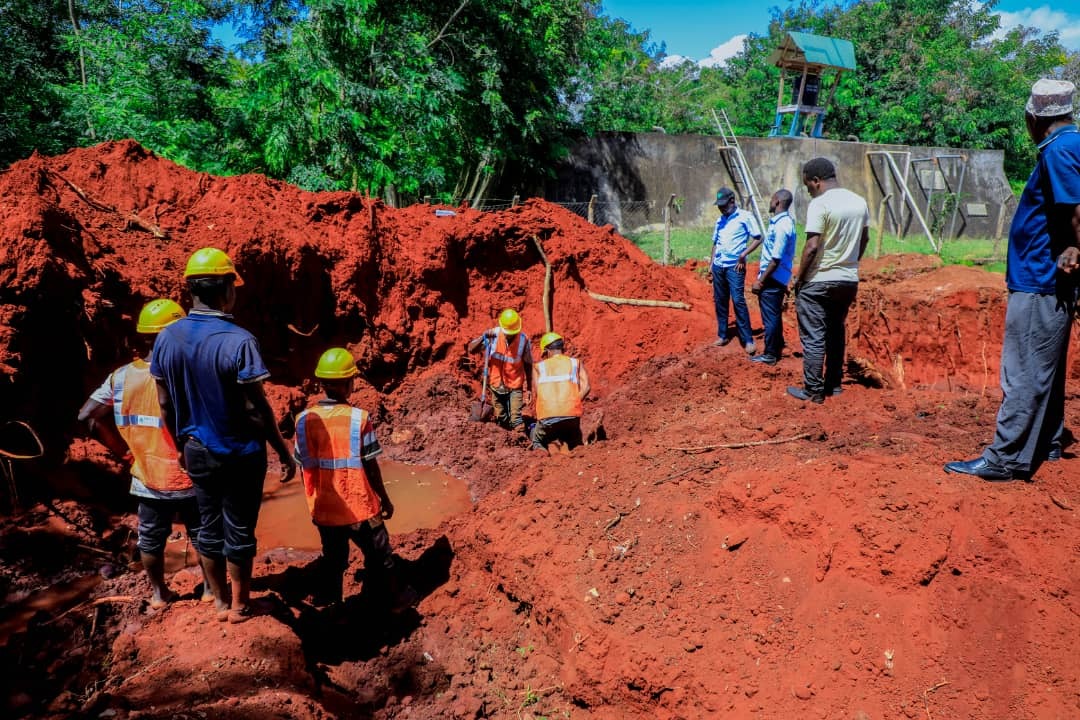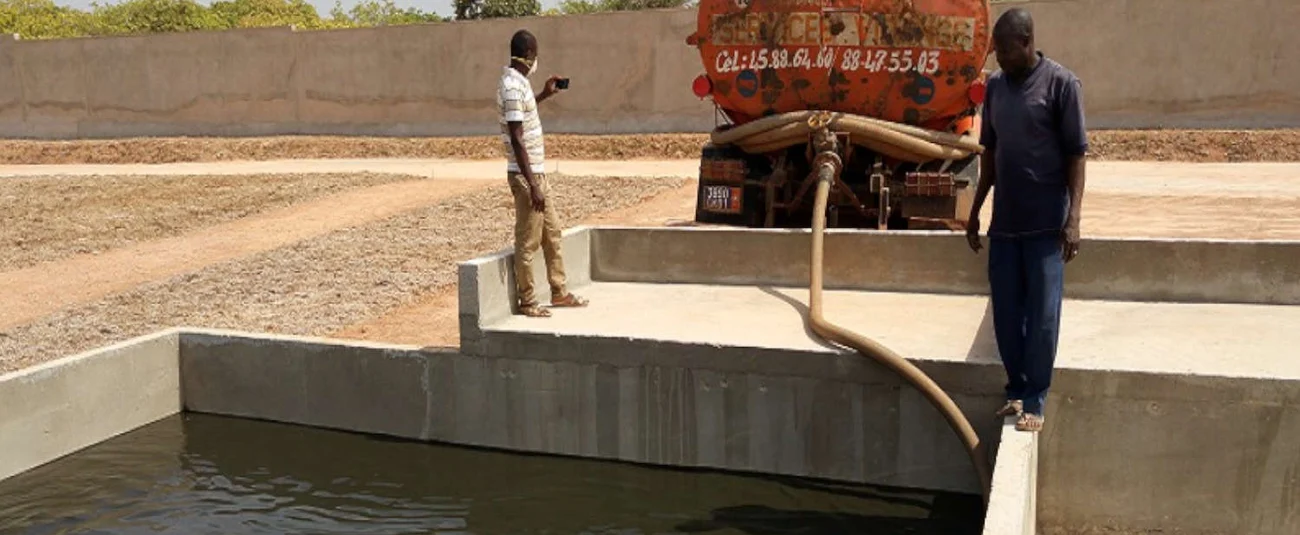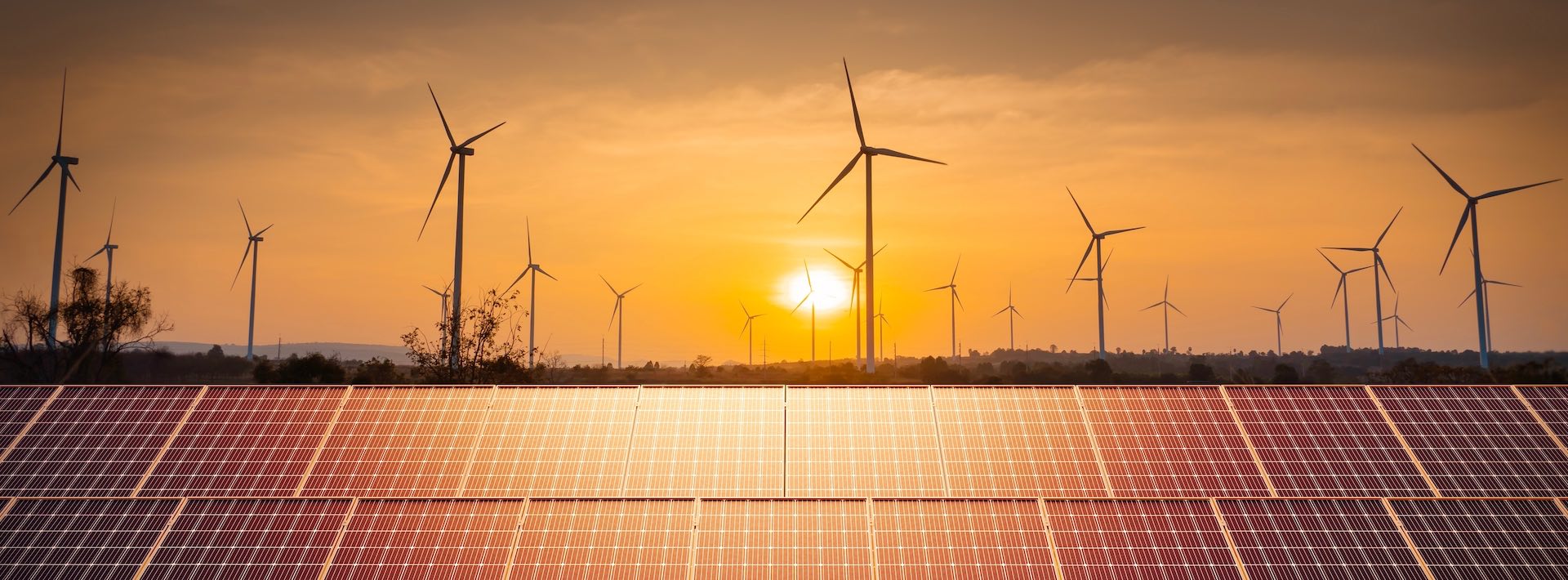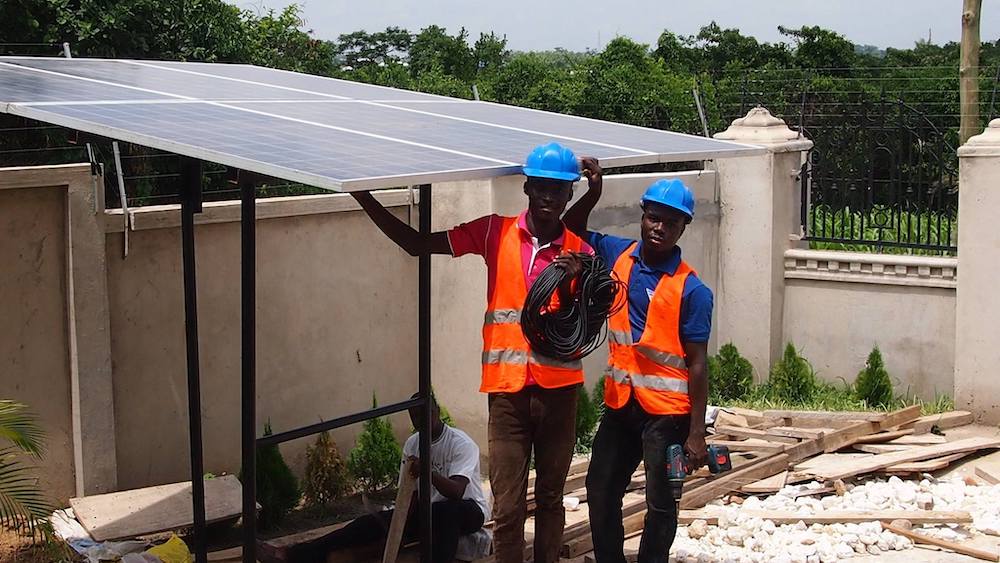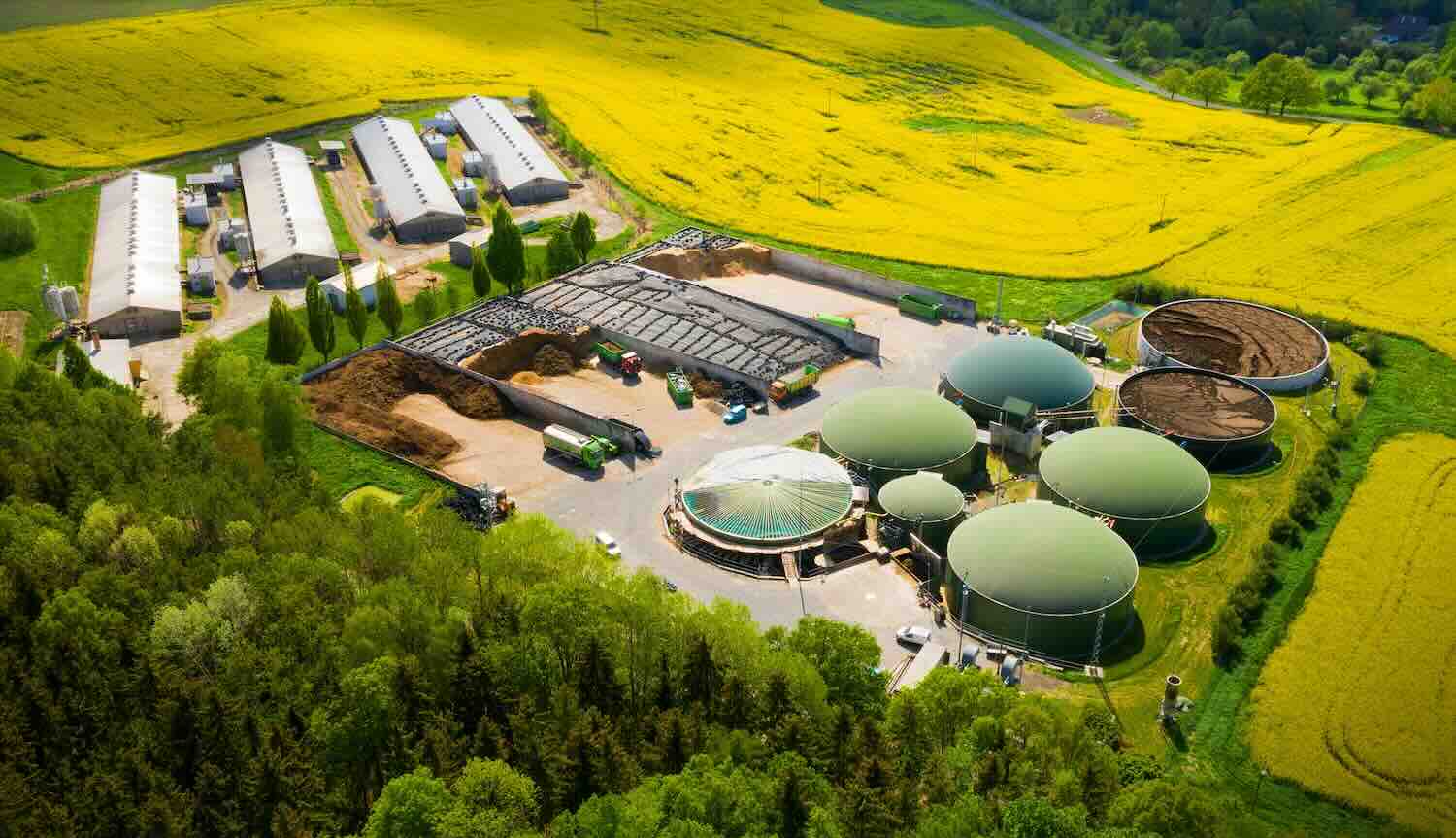ImpactAlpha, July 17 — Green banks, credit unions, community development financial institutions, or CDFIs, and other nonprofit lenders are scrambling for the mandate to manage the $14 billion National Clean Investment Fund, part of the national “green bank” created under the Inflation Reduction Act.
The EPA on Friday opened the process to select two to three national nonprofit intermediaries to catalyze private capital and provide low-cost financing for local green projects, such as community solar and building energy retrofits.
Another $6 billion will be awarded to up to seven nonprofit “hubs” under a separate Clean Communities Investment Accelerator. Applications are due by Oct. 12. At least $8 billion of the total $20 billion is specifically earmarked to serve low-income and disadvantaged communities that are disproportionately affected by climate change.
In the mix of potential managers for the fund is Opportunity Finance Network, which plans to provide training, tools and resources to its CDFI partners to take on climate lending in the funds’ target low-income and disadvantaged communities. Climate United, a consortium led by nonprofit impact lenders Calvert Impact, Community Preservation and Self-Help, promises collaboration with lenders, technical assistance providers and other community partners.
“We have a lot of work ahead, but we’re pumped,” says Calvert’s Beth Bafford, who has been structuring deals and syndicating loans for nearly a decade at Calvert (see, “Agent of Impact: Beth Bafford”). Bafford attended the briefing at Coppin State University in Maryland, where Vice President Kamala Harris launched the request for proposals for the programs.
“When it comes to reach and access in rural communities, tribal communities and communities of color, we want to make sure that there’s the highest integrity of how that gets done because of the scale and urgency that’s required,” Bafford told ImpactAlpha.
The jockeying reflects the excitement around the possibilities for green financing under the Greenhouse Gas Reduction Fund provisions of the climate bill.
The Coalition for Green Capital, a Washington, DC-based nonprofit advisor to federal, state and local green banks, had hoped to manage all of the $20 billion in National Clean Investment and the Clean Communities Investment Accelerator, promising to match it with another $20 billion from private investors. The coalition’s Reed Hundt said a national entity would be better to offer deals at scale than a fractured landscape of lenders.
Maggie Super Church and John Moon of the Lincoln Institute of Land Policy’s Center for Community Investment last month argued that a more “comprehensive, multi-sector, place-based approach” is needed.
Strategic community partners
Climate United, which is only seeking to manage a portion of the National Clean Investment Fund, cited a list of community partners including Reinvestment Fund, Beneficial State Bank, TruFund Financial Services and others. “There are close to 60 partners that we’re talking to about taking these funds to work,” says Bafford.
The Housing Partnership Network, Mortgage Bankers Association and the National Association of Affordable Housing Lenders that will provide advisory support specifically for the consortium’s housing decarbonizations efforts, which will be led by Community Preservation. Since its inception nearly a half century ago, the nonprofit has invested over $14 billion to fund more than 225,000 affordable and green housing units in the US.
The federal investment could “set the bar for how governments can partner with private industry to decarbonize our housing stock, especially in affordable housing in communities that too often shoulder the impacts of climate change,” says Community Preservation’s Rafael Cestero.
Durham, NC-based Self-Help, through its national credit union network and other partners, has deployed $10.8 billion in financing to help more than 155,000 borrowers to buy homes and start and grow their businesses over the past 40 years.
“Our aim is to ensure that families and communities of modest means can access the cost savings, environmental and health benefits offered by [the] clean energy projects,” says Self-Help’s Crystal German.
Innovative finance
The $14 billion of investment dollars in the National Clean Investment Fund could serve as catalytic, low-cost risk capital, says Bafford. “This amount of risk capital or equity injection would allow us to dramatically scale our work alongside our community partners, and give us a lot more tools in the toolkit when it comes to equity, credit enhancements, loan loss reserves and mezzanine financing.”
Calvert, throughout its 28-year history, has mobilized roughly $5 billion to support local community and green finance organizations, via its flagship Community Investment Notes and other financial products and services. Calvert and Minneapolis-based Community Reinvestment Fund developed a model during COVID to strengthen the balance sheets of CDFIs to help sustain underserved communities through the pandemic.
To achieve the objectives of the National Clean Investment, like mobilizing private capital, Calvert plans to put out new financial products. “We have a passion for broadly-distributed financial products that everyone can contribute and invest in,” says Bafford.



